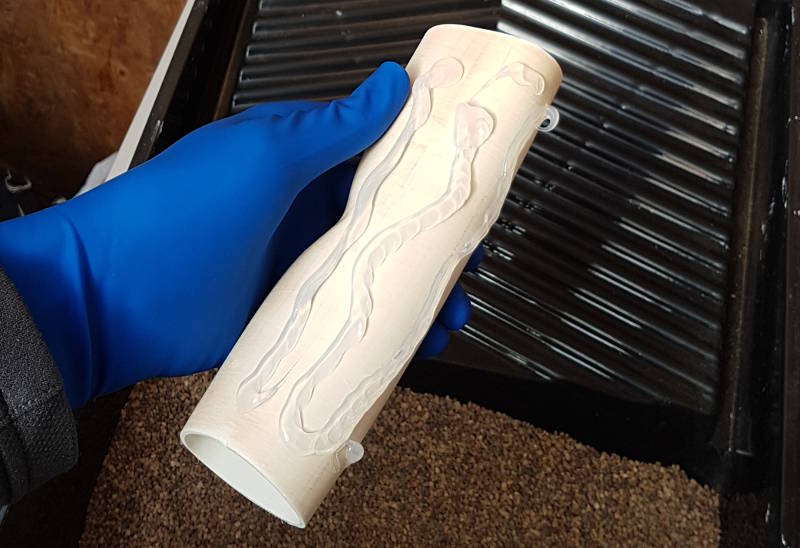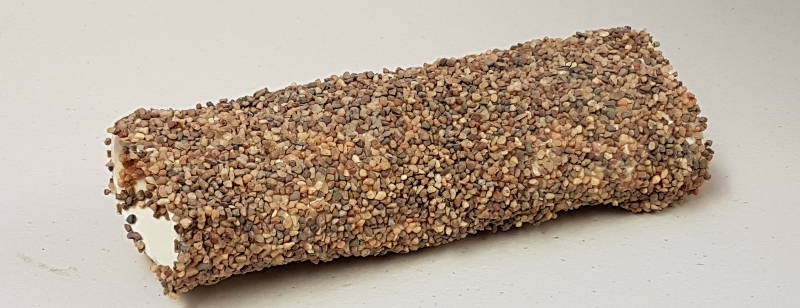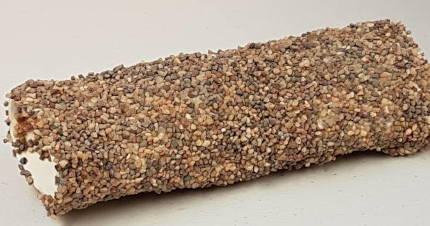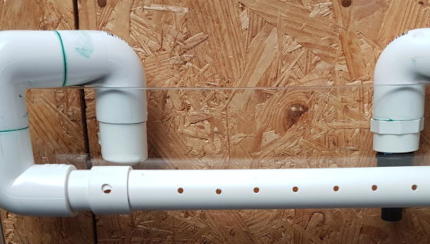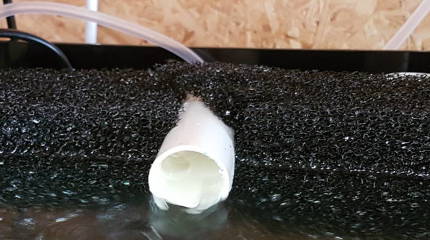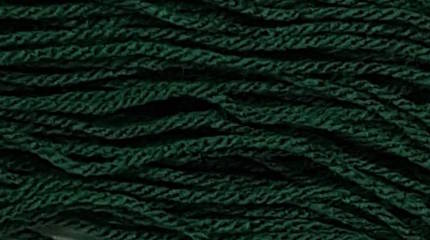Do it Yourself (DIY) PVC aquarium caves are easy to make and are an inexpensive way to add caves to your aquarium. Making caves yourself allows you to customise them to your liking. With PVC aquarium caves it is easy to make caves of different shapes, sizes, colour and appearance.
Benefits Of Making PVC Caves For Your Aquarium
Caves can serve multiple purposes within the aquarium, they can be used for decoration, to provide shelter and as potential breeding sites.
PVC aquarium caves are a good choice as they can easily be customised to suit your needs. PVC pipe comes in various sizes plus different shaped fittings and connectors are available such as 90 ° elbows and tees.
If you are extra creative you can also cut into the side of the PVC pipe to make different shape openings!
The colour and appearance of the caves can also be customised to your liking by selecting what you stick to the outside of the PVC pipe, options include different coloured sand and gravel.
Things To Consider When Making PVC Aquarium Caves
When making you PVC cave I suggest taking a moment to think about its intended purpose. If the cave is simply for decoration then you can make whatever you think suits your aquarium and looks good.
However if you are making aquarium caves with a specific purpose in mind this may impact the design of the cave.
For example, if you are making a pleco breeding cave plecos prefer a cave with only one entrance so they can cover and guard the eggs. So in this case a piece of PVC pipe with and end cap to close off one end might be a simple yet effective design.
How to make PVC Aquarium Caves
-
Gather the required items
To make your PVC aquarium caves you will need:
- PVC pipe and/or connection fittings
- PVC pipe cutter or hack saw to cut PVC pipe to size
- Drill or Dremel/multitool if you would like to cut extra openings into pipes or fittings
- Oven preheated to 100°C or a heat gun if you would like to bend, squash or reshape the PVC pipe
- PVC primer and glue (if joining and PVC pipe and fittings)
- Aquarium safe silicone
- Sand paper
- Aquarium sand and/or gravel
- Tray
- Thick gloves if you are going to heat and bend, squash or reshape the PVC pipe
- Plastic gloves for spreading silicone over the PVC
-
Prepare the shape of your PVC cave
This can be as simple as a length of PVC pipe of appropriate diameter, a piece of pipe with an end cap covering one end, or a PVC pipe connection fitting.
If you are cutting PVC pipe to length or cutting extra openings into the PVC pipe ensure you sand any rough edges until they are smooth so that your fish do not accidently hurt themselves
-
Sand and rinse your PVC cave
Use sandpaper to lightly sand the PVC cave, this will help the silicone to stick to the PVC.
After sanding make sure you rinse it well to remove any dust from the sanding process. After rinsing allow the PVC cave to dry.
To add character to your PVC cave and make it look more unique and less like a piece of pipe you can heat the PVC in an oven at 100°C or use a heat gun and then bend, squash or deform it to a shape you like. When doing this wear gloves and be careful.
-
Coat you PVC cave in aquarium safe silicone
Cover your PVC cave in aquarium safe silicon. This is in readiness to stick sand or gravel to it.
The silicone should be applied evenly over the entire surface. As a general rule if you are using hard pebbles a thicker coating is required for smaller graves a thinner coating of silicone is enough.
-
Roll the PVC cave in sand or gravel so that it sticks to the outside of the cave
Put your sand or gravel that you want to cover your cave with into a tray
Roll your silicone covered PVC cave in the tray of sand or gravel so that the cave is completely covered and the sand or gravel sticks to the outside of the cave.
-
Allow the cave to dry
Allow the cave to dry so that the silicone fully cures and the sand or gravel is fully bonded to the PVC.
Once the PVC cave has dried and cured it is ready to be used in your aquarium.

